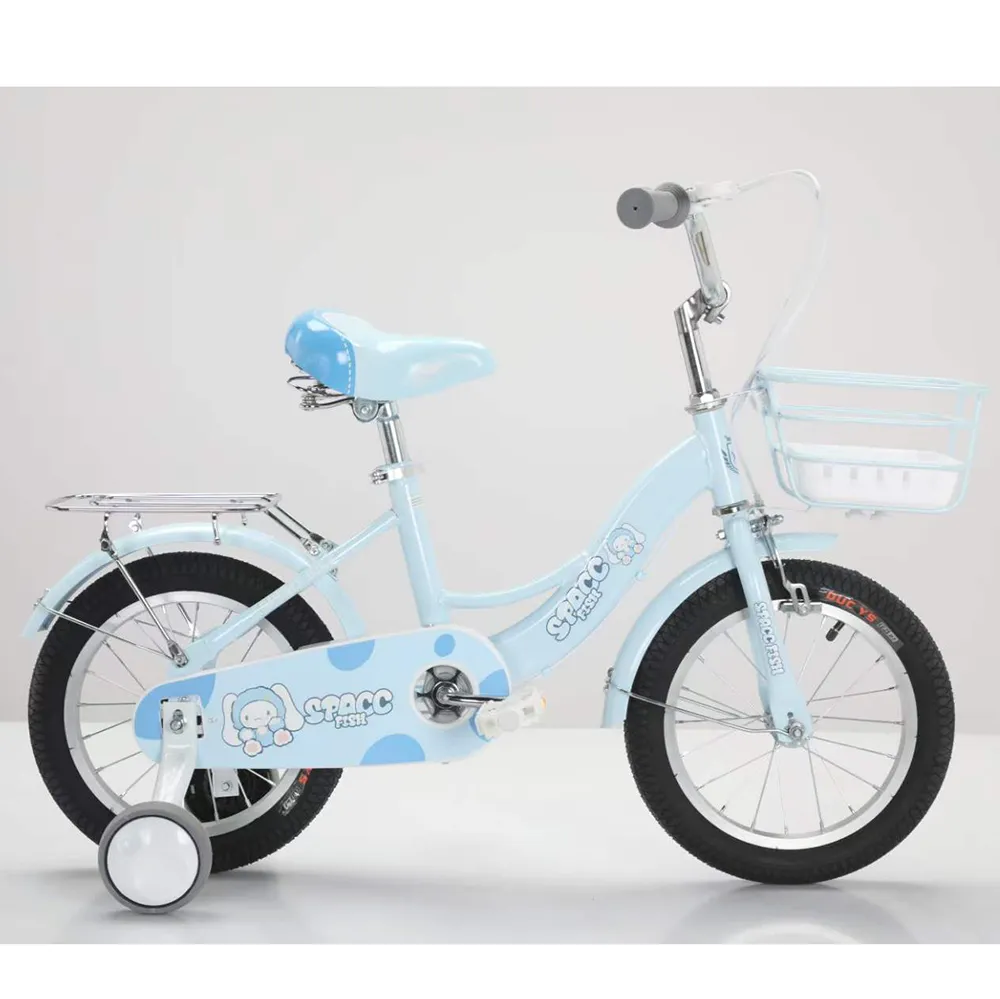how to teach a kid to balance on a bike
How to Teach a Kid to Balance on a Bike
Teaching a child to ride a bike is one of the most thrilling milestones in their childhood. This activity not only fosters independence but also helps them build confidence and coordination. One of the biggest challenges new riders face is balancing on two wheels. With some patience and the right approach, you can help your child master this important skill. Here’s a step-by-step guide on how to teach your kid to balance on a bike effectively.
1. Choose the Right Bike
Before you start the learning process, make sure your child’s bike is the right size. A bike that is too big or too small can hinder their ability to balance effectively. Your child should be able to stand over the bike comfortably with both feet flat on the ground. If they can’t do this, consider getting a smaller bike or adjusting the seat height for better control.
2. Safety Gear is Essential
Safety should always come first when learning to ride a bike. Equip your child with a properly fitting helmet, knee pads, and elbow pads. This not only protects them against falls but also provides reassurance, allowing them to focus on learning rather than fearing potential injuries.
3. Start with a Balance Bike
If your child is new to biking, consider starting with a balance bike. These bikes do not have pedals, allowing kids to focus solely on balancing. They can propel themselves with their feet, learning to steer and balance without the added complexity of pedaling. Once they feel confident on a balance bike, transitioning to a regular bike will be much easier.
4. Find a Safe Learning Environment
Choose a flat, open space to begin lessons. Parks, empty parking lots, or quiet streets are ideal locations where your child can practice without the worry of traffic or obstacles. The surface should be smooth to minimize the risk of falling and help the bike roll easily.
5. Teach the Basics of Balancing
Begin by having your child walk alongside the bike, encouraging them to get accustomed to its weight and size. Then, show them how to sit on the bike with their feet flat on the ground. This position allows them to feel stable and in control. When they feel comfortable, encourage them to push off with their feet while keeping their legs slightly bent for balance.
how to teach a kid to balance on a bike

6. Gradual Learning of Pedaling
Once your child feels stable while balancing without pedaling, it’s time to introduce pedaling. Start by having them place one foot on a pedal and the other on the ground. With a gentle push from you or a slight push-off while they’re sitting on the bike, encourage them to start pedaling with the raised foot while keeping their eyes forward. Remind them to look ahead, which will help maintain balance.
7. Use a Supportive Method
When they start pedaling, stand behind them and hold the back of the bike seat to support them as they gain confidence. Gradually lessen your support as they become more stable. You can also encourage them to practice gliding; simply push off and let them coast for a few yards, allowing them to feel the sensation of balance.
8. Encourage Practice with Fun Activities
To make learning enjoyable, turn practice sessions into fun activities. Set up a small obstacle course or have them ride in circles. You can also encourage them to ride with friends or family members, providing motivation and excitement. Positive reinforcement for progress will boost their confidence as well.
9. Be Patient and Persistent
Every child learns at their own pace. Some may take to balancing quickly, while others may need more time. Stay patient, offer encouragement, and avoid showing frustration. Celebrate small achievements, no matter how minor, and remind them that falling is a natural part of learning.
10. Know When to Take Breaks
If your child seems frustrated or tired, it’s okay to take a break. Learning to ride requires concentration and physical effort, and it’s essential that they remain engaged and enthusiastic about riding.
In conclusion, teaching a child to balance on a bike can be a rewarding experience filled with joy and growth. By following these steps, creating a supportive environment, and maintaining a positive attitude, you can help your child develop confidence, balance, and the ability to enjoy riding their bike for years to come. Remember, this adventure marks the beginning of a new chapter in their journey towards independence!
-
kids-scooter-tiny-olympic-games-scooterathlonNewsAug.22,2025
-
kids-scooter-waves-xingtai-zhongzhous-global-rippleNewsAug.22,2025
-
baby-tricycle-oem-legacy-zhongzhou-forgedNewsAug.22,2025
-
xingtais-twin-tricycle-revolution-siblings-ride-togetherNewsAug.22,2025
-
baby-tricycle-design-inspired-by-ancient-armorNewsAug.22,2025
-
nfc-chip-enabled-oem-baby-tricycle-trackingNewsAug.22,2025
-
The Perfect Baby TricycleNewsAug.11,2025








